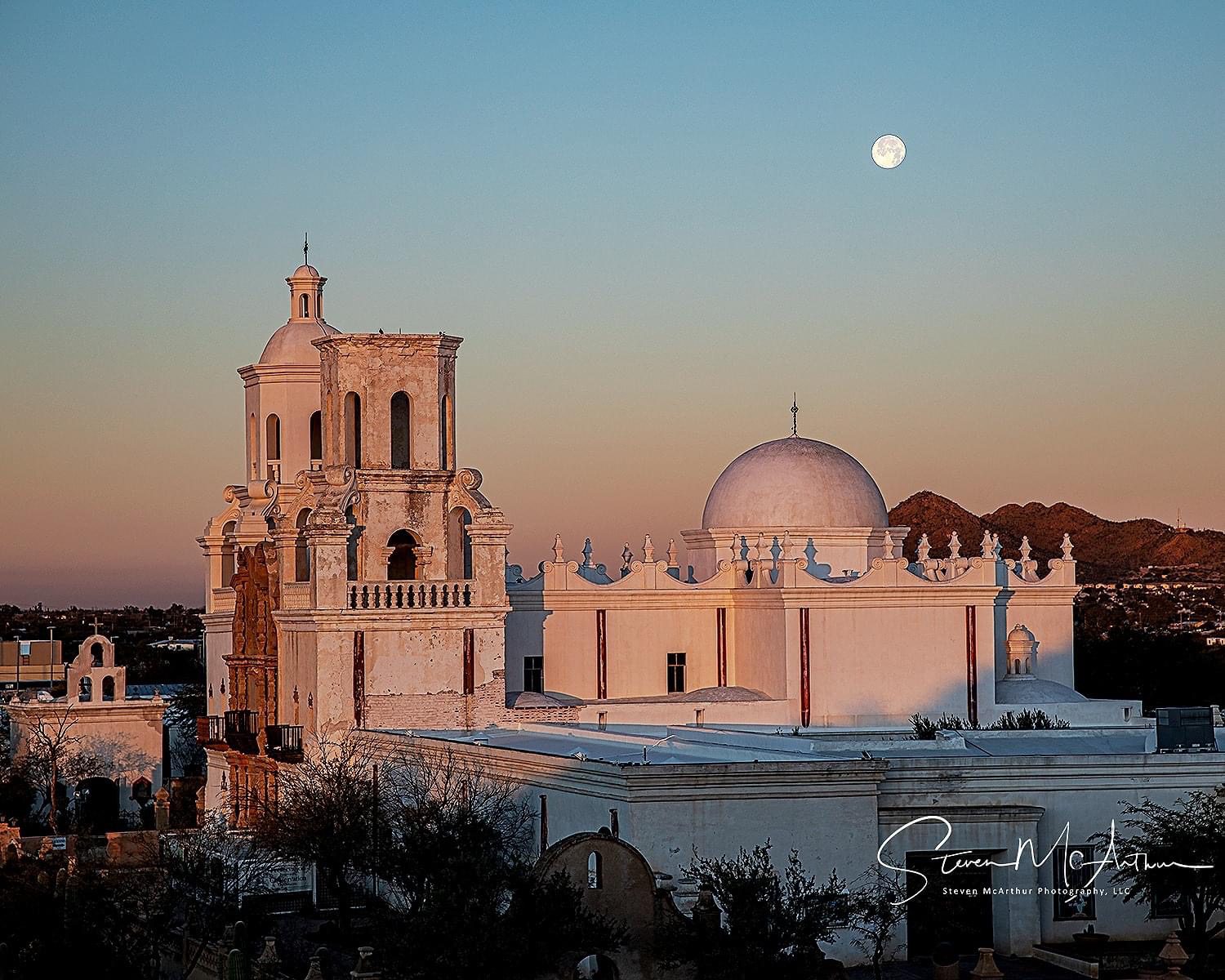- 550-mile wind power transmission line cuts through sacred Indigenous lands.
- Tribes allege inadequate consultation and environmental review.
- Project highlights tension between green energy and Indigenous rights.
- Tribes engage in legal battles and appeal to the United Nations.
April 25, 2024 — Indigenous tribes in Arizona suffered a legal setback last week in their efforts to stop the $10 billion SunZia wind transmission project. A federal judge rejected their request to halt construction , despite claims that the project would irreversibly damage sacred sites and disrupt the fragile ecosystem of the San Pedro River Valley.
, despite claims that the project would irreversibly damage sacred sites and disrupt the fragile ecosystem of the San Pedro River Valley.
The SunZia project, backed by Pattern Energy, is a key part of the Biden administration’s clean energy push. When completed, the 550-mile line will carry thousands of megawatts of wind power from New Mexico across Arizona to California. The project website states, “SunZia Wind and Transmission will combine to create the largest clean energy infrastructure project in United States history .” However, opponents argue that the project was approved without sufficient input from the Tohono O’odham, Hopi, Zuni, and San Carlos Apache tribes, whose ancestral lands lie in its path.
.” However, opponents argue that the project was approved without sufficient input from the Tohono O’odham, Hopi, Zuni, and San Carlos Apache tribes, whose ancestral lands lie in its path.
Tribes contend that the U.S. Bureau of Land Management approved the project and failed to assess its cultural and environmental impact properly. They claim the process needed more transparency and ignored their concerns despite extensive evidence of significant cultural sites within the San Pedro Valley.
The fight isn’t over. Alongside legal action in U.S. courts, tribes have appealed to the United Nations Permanent Forum on Indigenous Issues . They argue that the U.S. fails to uphold the “free, prior and informed consent” principles outlined in the UN Declaration on Human Rights. International bodies like the International Indian Treaty Council advocate for a complete stop on similar green energy projects until Indigenous rights are fully recognized.
. They argue that the U.S. fails to uphold the “free, prior and informed consent” principles outlined in the UN Declaration on Human Rights. International bodies like the International Indian Treaty Council advocate for a complete stop on similar green energy projects until Indigenous rights are fully recognized.
The tribes are also challenging the SunZia project before the Arizona Court of Appeals . They hope the state court will reconsider whether regulators adequately assessed the project’s benefits and consequences.
. They hope the state court will reconsider whether regulators adequately assessed the project’s benefits and consequences.
This case highlights the growing conflict between Indigenous rights and large-scale green energy initiatives. While these projects are crucial for a sustainable future, these cases underscore the need to ensure meaningful Indigenous participation in planning and execution.
Image:
Mission San Xavier del Bac, on the Tohono O’odham Reservation , near Tucson, AZ, January 2020, SFMcArthur. Licensed under the Creative Commons Attribution-Share Alike 4.0 International license.
, near Tucson, AZ, January 2020, SFMcArthur. Licensed under the Creative Commons Attribution-Share Alike 4.0 International license.


Leave a Reply